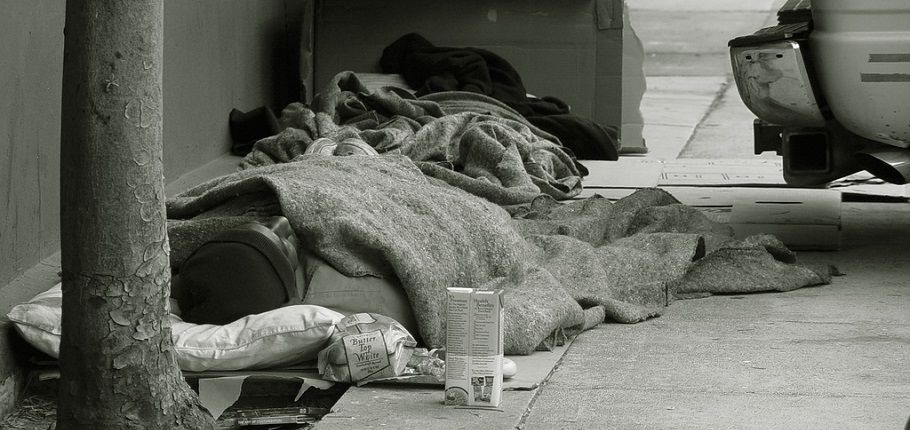Leading housing and homelessness charities call for the Government action to tackle the true extent of the housing shortage, ahead of its social housing green paper.
New figures that reveal the true scale of the housing crisis in England for the first time have been published today by the National Housing Federation – which represents housing associations in England, social landlords to 5 million people – and Crisis, the national charity for homeless people.

The groundbreaking research, conducted by Heriot-Watt University, to be published in full this summer, shows that England’s total housing need backlog has reached four million homes. A new housing settlement is needed to address this shortage, providing a home for everyone who currently needs one, including homeless people, private tenants spending huge amounts on rent, children unable to leave the family home, and even couples delaying having children because they are stuck in unsuitable housing.
To both meet this backlog and provide for future demand, the country needs to build 340,000 homes per year until 2031. This is significantly higher than current estimates (including the Government’s target of 300,000 homes annually), which have never before taken into account the true scale of housing need created by both homelessness and high house prices.
However, simply building a total of 340,000 homes each year will not meet this need – they will need to be the right type of homes. 145,000 of these new homes must be affordable homes, compared to previous estimates of the annual affordable housing need of around 78,000. This means that around two-fifths of all new homes built every year must be affordable homes – in 2016/17, only around 23% of the total built were affordable homes.
The new research also goes further than previous studies, breaking down exactly what type of affordable homes are needed:
- 90,000 should be for social rent
- 30,000 should be for intermediate affordable rent
- 25,000 should be for shared ownership
The research comes ahead of the publication of the Government’s social housing green paper, expected in the summer. The Government promised the green paper, announced in September last year after the tragic fire at Grenfell Tower, would bring about a “fundamental rethink” of social housing in the UK. The social housing sector’s leading voices, including the National Housing Federation, Crisis, Shelter, the Joseph Rowntree Foundation, and the Chartered Institute of Housing, are calling on the Government to use this opportunity to urgently redress the shocking shortfall in affordable housing.
In September 2017, the Prime Minister promised to invest £2 billion in affordable housing, indicating that this could deliver around 25,000 new homes for social rent over the next three years.
Even when it is made available, this new research shows it would deliver less than 10% of the social rented homes needed each year, so it is clear that additional funding is needed. However, this alone will not meet the full extent of the housing need in England.
This means that the Government must make ambitious, comprehensive reforms to the land market to help deliver more homes and make up this housing shortfall. This must include prioritising the sale of public land for social housing, as well as exploring ways to reduce the cost of private land.
It will take time to build up the country’s affordable housebuilding programme to the levels needed but lessons from the past show that, with government backing to release land at affordable prices and to increase investment, housing associations and councils have the potential to increase the supply of new homes for social rents, and low cost home ownership. In post war years until the 1970s councils regularly built more than 100,000 homes a year and previous research shows that an increase in housebuilding alone would lead to a decrease in the most acute levels of homelessness.
Instead, Government funding for social housing has been steadily declining for decades: in 1975/76, investment in social housing stood at more than £18 billion a year, but had declined to just £1.1 billion in 2015/16. Over the same period, the housing benefit bill grew from £4 billion to £24.2 billion each year.
Meanwhile, homeownership rates have plummeted among young people. Rough sleeping has risen by 169% since 2010, while the number of households in temporary accommodation is on track to reach 100,000 by 2020 unless the Government takes steps to deliver more private, intermediate and social housing.
- Log in to post comments















